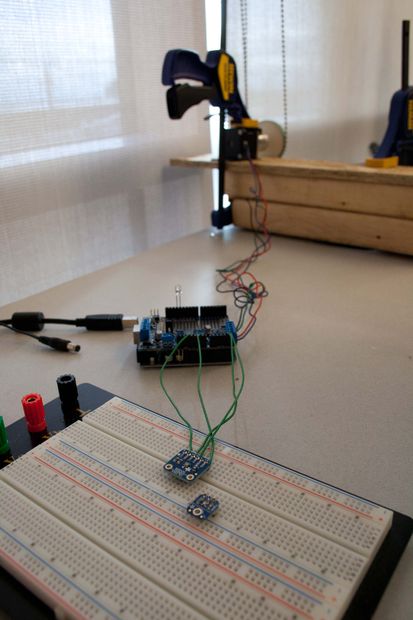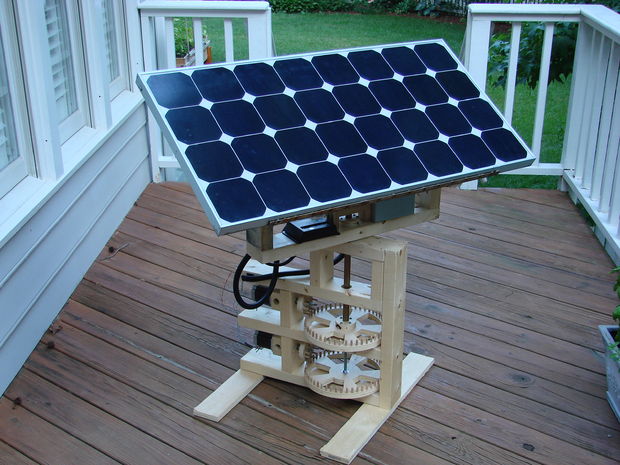

Fused Deposition Modeling (FDM)/ Fused Filament Fabrication (FFF) technology is often described as “low-quality” largely because of the visibility of individual layers. Optically, this high degree of visibility is a result of the smooth, reflective surfaces of the extrusions. Light reflected off of resonant features, seams, and other irregular/noisy regions on the surface of the object that catches the eye and makes the surface of the object harder to visually parse. This is less of a problem with laser sintering (SLS) technology because the resulting surface is by nature matte or with SLA, in which the surface has an even finer matter finish.
One effective method to mitigate this noisy reflection problem is to apply a matte surface to the printed object. Sand-blasting is an excellent way to evenly abrade the surface of a printed object to remove the smooth, reflective surfaces of individual extrusions and create an homogenous, matte surface that scatters light evenly rather than with sharp reflections. This results in less optical noise and makes the visual task of parsing the printed object’s geometry mush easier.
Step 1: Before Sand-Blasting










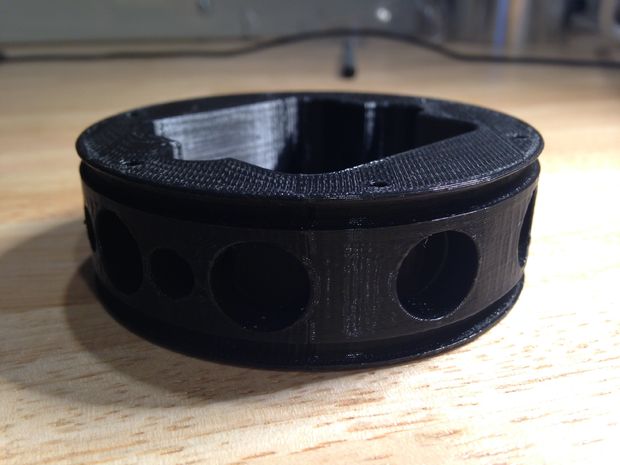
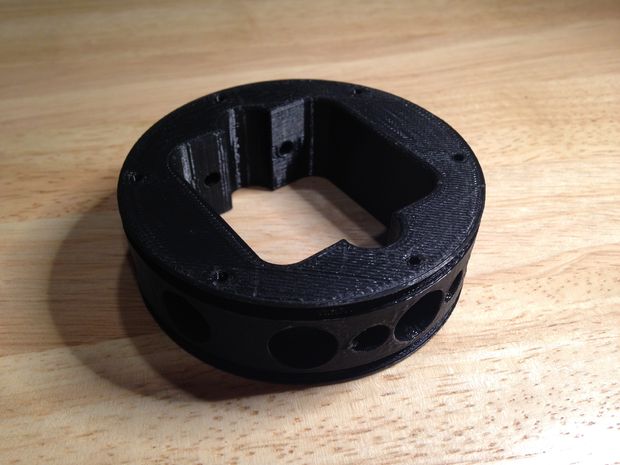








Show All 20 Items
Before sand-blasting, all the printed objects had reflective component extrusions. This made them both difficult to visually parse as well as difficult to photograph (especially the black PLA) given the high dynamic range of the surface.
Three types of PLA were tested, all from Ultimachine, and each part was printed on a Makerbot Replicator 2. Parts, in order of appearance:
-Black PLA, 0.3mm layer height
-Black PLA, 0.3mm layer height
-Black PLA, 0.3mm layer height
-Black PLA, 0.2mm layer height
-White PLA, 0.3mm layer height
-Natural PLA, 0.3mm layer height
Step 2: After Sand-Blasting
























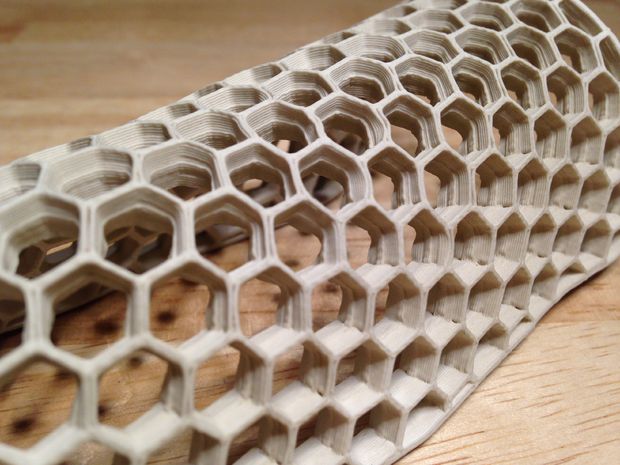
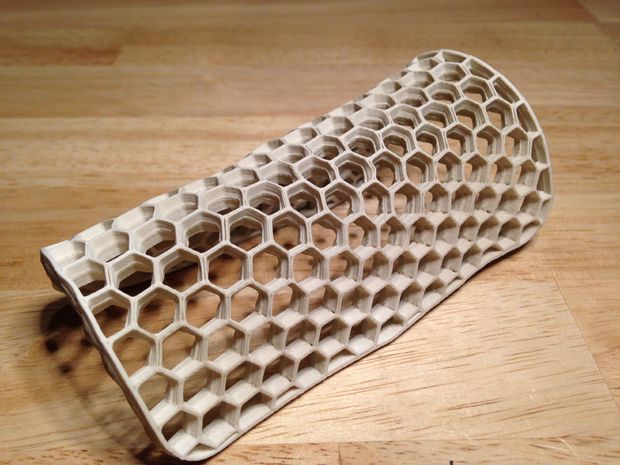

Show All 27 Items
After sand-blasting the parts with 120 grit garnet media, they were washed with soap and water and dried with compressed air after a pat-down with a paper towel. Ambient air drying resulted in spotting on the surface.
Step 3: Side-by-Side Comparison



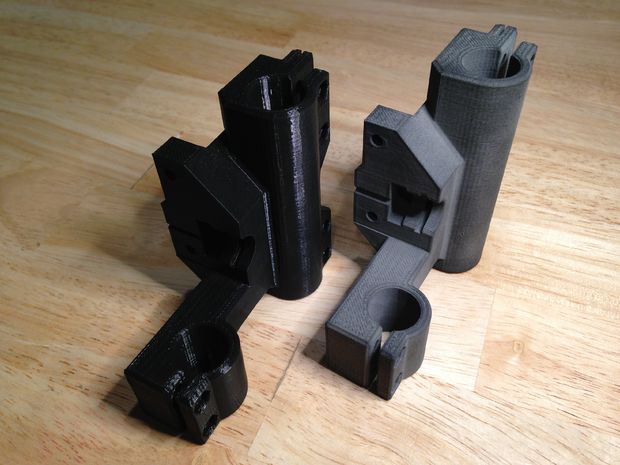

These side-by-side photos of the same part show the difference in appearance under the same lighting conditions.
Conclusions:
- Even blasting helps the final surface quality.
- Additional shells (3 or 4) help keep the print sealed during washing.
- After blasting, the matte surface is prone to absorbing skin oils and other particles, much the way an SLS print does.
- The blasting grit will alter the color of lighter PLAs– the white took on more of a bone hue and the natural clear developed a somewhat murky color. The black PLA blasted to a very nice matte grey.
